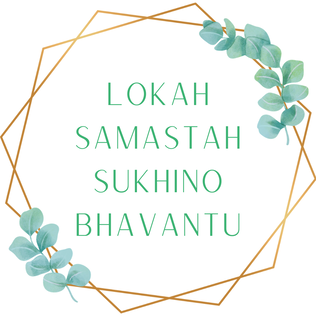Write: Staying rooted in the memory and feeling of the specific situation, we respond to six prompts to capture our stressful thoughts in short, simple sentences. 1. We identify the emotion we feel, with whom, and why. For example, "I am angry with Paul because he lied to me." 2. We identify how we want the person to change and what we want them to do. For example, "I want Paul to see that he is wrong. I want him to stop lying to me." 3. We write down our advice for the person. For example, "Paul shouldn't frighten me with his behavior. He should take a deep breath." 4. We write down what we need in order to feel better about the situation. For example, "I need Paul to stop talking over me. I need him to listen." 5. We list our complaints about the person or the situation. For example, "Paul is a liar, arrogant, loud, dishonest, and unaware." 6. We write down what it is about the person or situation that we don't ever want to experience again. For example, "I don't ever want Paul to lie to me again. I don't ever want to be disrespected again." As we express our feelings in writing, we should allow ourselves to be as petty, judgemental, or childish as we may feel without censorship; this is our opportunity to discover our true emotions from that moment.
Turn It Around: Finally, we practice turning around each of our statements to find multiple opposing statements and consider whether they may be as true as or truer than our original thoughts. A statement often can be turned around to the self, the other, the opposite, and written in contrasting language. Each statement will be different--some have one or two opposites, some have four or more--don't force any that don't make sense. Sometimes to find a good turnaround, we can replace the subject with "my thinking." For example instead of, "My body should be more flexible," we can say, "My thinking should be more flexible." For turnarounds to the sixth prompt about what we never want to experience again, turnarounds can begin with "I welcome..." or "I look forward to..." For the above example, "Paul lied to me," we may find the following four turnarounds, "I lied to me. I lied to Paul. Paul didn't lie to me. Paul told me the truth." As we consider the truth and validity of the opposing statements, we should stretch ourselves to identify any examples or evidence that could support them. In this example we can explore how the deception was really our own wanting to believe, our own self-deception. We can explore how clear and honest we were with Paul in the situation. We can explore Paul's understanding and intentions, and his own truth in his lived experience. The Work of Byron Katie binds Satya, Santosha, Svadhyaya, and Brahmacharya as we examine the validity of our beliefs and look for other possibilities (Satya), we exercise mental inversions and create space for opposing viewpoints (Santosha), we recognize the possible differences and disparities between our interpretation of an event and how it may have been experienced by another (Svadhyaya), and we engage with The Work as an active practice in our aim to approach unity consciousness (Brahmacharya.) While The Work is challenging, this contemplative yoga bears beautiful fruits, and I encourage you to apply the practice once or twice a week, and to notice how your beliefs and experiences transform and evolve. Start with whatever experience is most prominent in your awareness, whatever has you most upset in this moment, whatever is most energetically charged, as there you will find the most helpful results. As we continue with the practice and work through different memories and situations, we may then begin to apply the practice to specific Anti-Racism work, checking in with our beliefs about what we're hearing in the news and how we interpret "the facts" of any given situation. Enjoy the practice, and please let me know how it goes. Namaste ~ Teagan
0 Comments
yoga & antiracism series, PART 1 OF 8
Step 1Commit to self-awareness and being honest with yourself in recognizing your abilities and honoring your limits. As in any Yoga class, some suggestions may feel good to you and may feel easy to complete. Other suggestions may pose a challenge--you may feel resistance, discomfort, or difficulty, but you may be surprised how you feel afterward whether you achieve the suggestion in its fullest expression, or you have a new experience in making the effort and taking a step in progress. Other suggestions may not be accessible, or an attempt to complete the instruction may pose a risk or be counterproductive to your wellbeing in this moment. As always in Yoga, we must bring awareness to where we are in this moment, what helpful and beneficial practices we should pursue, and what risky or counterproductive practices we should avoid. We need to bring awareness to what resistance and discomfort we feel, and observe our process in being present with these feelings and striving to stretch ourselves in facing them. We need to be open to how our distinctions may differ on a given day or in a given moment as we assess what’s accessible and desirable, and what’s risky or counterproductive, and we can witness how these may evolve or change drastically as we continue our journey and our experiences shift and transform. Recognizing our abilities and honoring our limits with honesty and sincerity are acts of self-love; they are not selfish, but in fact, are expressions of love for others. Consider your capacities and limits and write down an expression of your commitment. Step 2Consider how Yoga and Social Justice intersect. What initial thoughts come to mind? Do you have a clear answer, or is this question something new? Write down your initial ideas and perceptions. Step 3With which of the 8 limbs of Yoga are you familiar? Are the Yamas and the Niyamas a part of your practice? If you are unfamiliar with the Yamas and Niyamas, take some time to look them up and familiarize yourself with these tenets of Yogic practice. Once you have familiarized yourself with them, consider how they relate to Social Justice. I’ll be reflecting and writing more on these in the coming days and weeks; I’d love for you to be part of the conversation. What are your initial thoughts or questions connecting the Yamas and Niyamas with Social Justice? Step 4Watch Michelle Cassandra Johnson’s TEDx talk There is No Neutral (17 minutes). What resonates with you in how she speaks about Yoga and the breath in relationship to racism and white supremacy? How do you feel in your body listening to her presentation? What initial thoughts or questions come up for you? Step 5
Step 6 Visit Pranamaya.com and download Skill in Action: Radicalizing Your Yoga Practice to Create a Just World. Listen and engage with the audiobook and practices. The regular price is $16.95, but it is on sale now for $13.56. You do not need any special app to listen to the book; you will receive an email to access the book and listen through your internet browser either on your phone or computer. The book includes 3 chapters on Skill in Action (2 hours and 12 minutes) and 5 practices: Where I’m From (2 minutes), My Heart’s Desire (4 minutes), Uniquely Positioned (6 minutes), Justice in the Body, Justice in the World (5 minutes), Multiple Truths (4 minutes). The monetary investment and time investment to complete this step are comparable to two yoga asana classes in local studios here in Playas del Coco, Costa Rica. Step 7Read over what you have written and take time to reflect. Share some of your thoughts in the comments below. If you do not feel comfortable or called to share your responses, consider why. Are you feeling resistance and discomfort, or would it be risky or counterproductive to share? Step 8Take time to connect with your heart and your breath. Lean into your feelings without any judgement around what you should be feeling or how many of the suggestions you were able to complete. Simply notice where you are and how you feel. Honor your feelings and your experience and thank yourself for taking time to engage with this practice. Allow this sense of gratitude to grow within you as you consider all the blessings you enjoy in this life, and all the blessings on the horizon already on their way to coming into being. Lokah Samastah Sukhino Bhavantu. May all beings everywhere be happy and free, and may the thoughts, words, and actions of my own life contribute in some way to that happiness and to that freedom for all. Namaste. Thank you Michelle Johnson for your years of dedicated work around yoga and anti-racism, your guidance and call to radicalize practice, and the invitation to come into better alignment.
Today in Satsang I asked students whether they practice yoga at home. What does your own self-guided practice look like? What challenges get in the way? I asked myself, if students aren’t practicing on their own, am I succeeding as an instructor? Give a fish/teach to fish...is it important that students develop a hearty home practice? What’s the first obvious challenge to a home practice? Our consensus today: dogs. If you’re in Downward-Facing Dog, dogs want to play. Even if you’re shut away in your room, you’ll soon be drawn out but their little noses bopping up against the door. Dogs are the first challenge to home practice. And if it’s not dogs, maybe it’s kids, maybe it’s the ringing phone, maybe it’s one of a million other things that calls for your attention, pulling you away from your mat. But after that, after all the outside distractions, what’s the next challenge with home practice? Our consensus today: discipline. What is discipline? Is it a word with a check box next to it, and we can mark off either we have it or we don’t? Is it an attitude? When I think about discipline, I think about taking time to define a mental framework and have specific strategies in mind.
For example, if you want to form a new habit like making your bed each morning, the idea of discipline might comprise a firm decision of absolute follow-through. It’s all or nothing. You make the decision that you will form this new habit. You commit. Then every morning first thing upon waking, you make your bed. You make your bed no matter how tired or lazy you feel, no matter how late you are and rushed to get out the door, no matter if your only plan for the day is to go for a stroll, have a bite, and then get right back in bed. This form of discipline equates success with strict consistency, getting it done no matter what. It’s extremely potent; it can be highly effective. Sometimes this discipline framework may be applied to making shifts around diet. If our motivation is clear and pressing enough, like in the case of confronting a severe health issue, then this all-or-nothing approach to revolutionize our diet may be just the ticket. However, if we’re not quite so intensely compelled to make the shifts, maybe we have only a general sense that we could make some changes to improve our health or minimize our environmental impact, then the all-or-nothing approach could be a setup for failure. If you stray too far or too often from your initial decision, all or nothing may easily default to the latter; when it’s all or nothing, nothing is the choice of least resistance. In this sort of situation, we might be more successful setting up for ourselves a specific proportional rule. For instance, as long as we follow our new diet guidelines 80% of the time, then we are being disciplined enough to make lasting change. So how about when it comes to developing a home practice? Whether you commit, all or nothing, to a firm decision that each day upon waking you will be on your yoga mat without fail, or whether you’re less strict and decide that as long as you’re fitting practice into your schedule once or twice a week you’re good, either of these strategies can build discipline to show up on our mats with consistency. Getting to the mat is at least half the battle, but then how do we stay disciplined once we’re there? What do we do when we start to practice and inevitably the time comes, the thought arises, we’d rather be doing something else? We’d rather be back in bed, or we’d rather be getting ahead of tasks for the day, or whatever is calling to us, maybe we just don’t feel up to it. Inevitably there will be times when we want to call it quits, when we won’t feel compelled to move through a complete practice. What do you do at these times? All or nothing, you’re finishing practice no matter what? Do you reflect on how consistent you’ve been and weigh out whether you’re meeting your proportional target? When we’re in our practice it’s not going to serve us to have to stop and weigh choices every time we are feeling challenged, so what can we do? For myself, whether I’m flowing through Ashtanga practice, or whether I’m sitting down for meditation in stillness, I use the three-strike rule. I begin my practice, and the first time I feel like I want to stop, that’s what tells me the practice has begun. Everything before the first time I want to call it quits was the warm-up, and now I know that I’m in my practice and I keep with it. It’s interesting to notice when the first strike happens--it may be when I’m just getting going, it may be when I’m already most of the way through. On an amazing day, that first strike may not come at all. So I continue. If again the thought arises, “I’d really rather stop.” That’s strike two--that’s what tells me that I’m in the heart of my practice. I take note, because right here is where my work is. This is it. My awareness intensifies, I realign my form, and I keep going. Sometimes there’s a strike two, sometimes there’s not; it can be telling to track the patterns. Most of the time I will complete my practice with two strikes or less, but sometimes there’s a strike three, when again I think, “I’m really not feeling this today.” Three strikes and I’m out. When for a third time I feel like it’s not in me today, that’s my cue to listen. That’s when I know today I’m better served taking rest. It’s important to know when to call it quits. It’s important to know when we are better served taking a rest. Our practice needs to serve us, and it’s important we develop awareness around our limits. For me the three strike rule has proven invaluable in practice and beyond. It can be applied with interpersonal relationships. How do we know when there’s value working things through, when moving through the challenge serves our growth and development? How do we know when it’s time to part ways? It can be applied to our goals, like working toward a degree or certification. How do we know when we’re facing common hurdles and the difficulty is an important part of the training process? How do we know when it’s time to accept that this path may not be for us, and our true dharma is waiting as soon as we’re ready to let this one go? And if we do hit three strikes, does that mean the practice is not for me? Or does that mean, not today, but you can be sure I’ll be back again tomorrow to give it another shot? It’s not an easy process, and three strikes may be an oversimplification, but then, maybe it holds true. What do you think? I’d love to hear your input. ~ Teagan May this practice serve our highest health and wellbeing. May we be of service to all beings. Namaste. |
Yoga & MeditationNo in-person yoga offerings for now as we focus on building our new space. You may join in contemplative practice here, or connect with other local practitioners in the Coco Yoga Community Facebook Forum.
Archives
August 2020
Categories
All
Sharing
|
|
© June 2020
Coco Yoga & Wellness
|
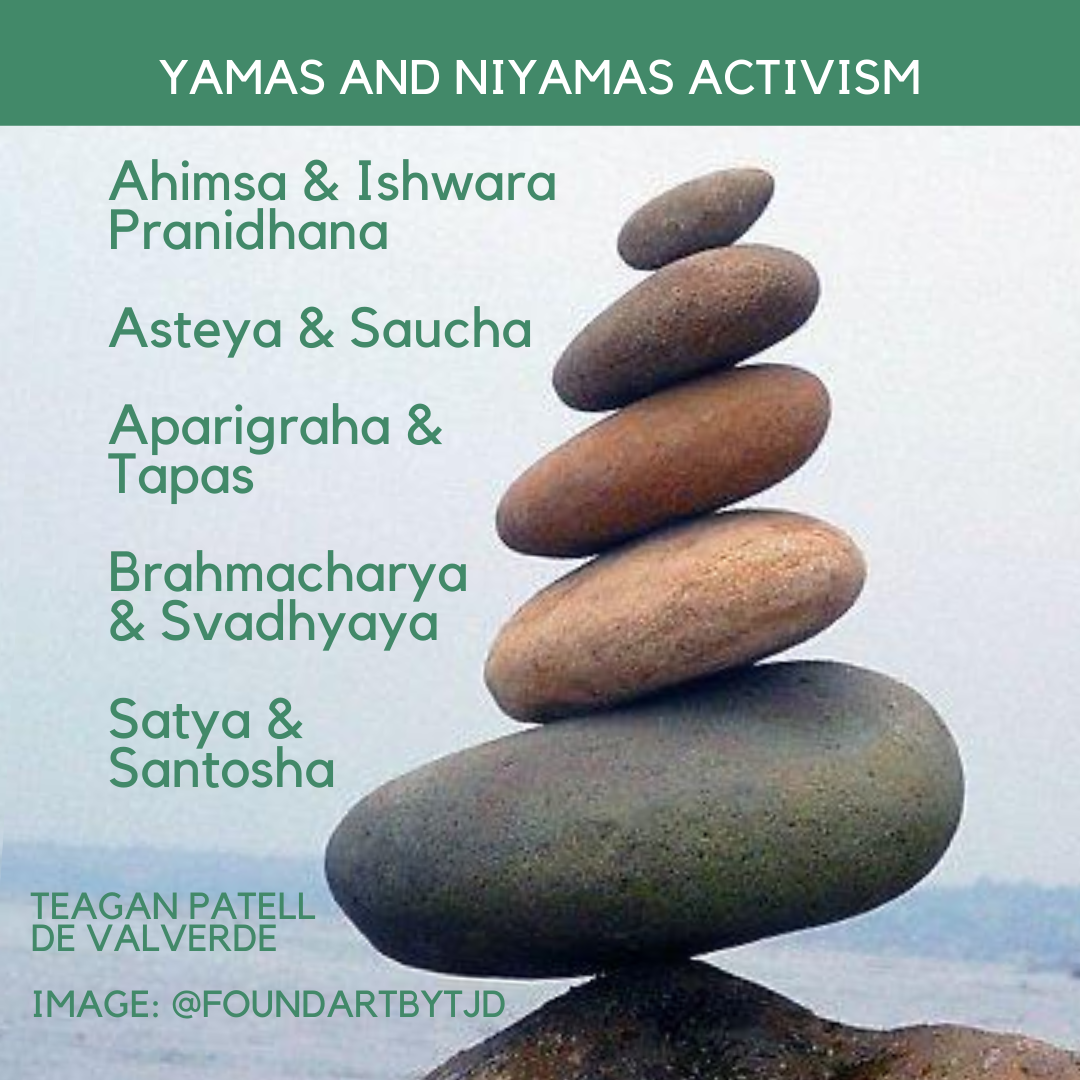
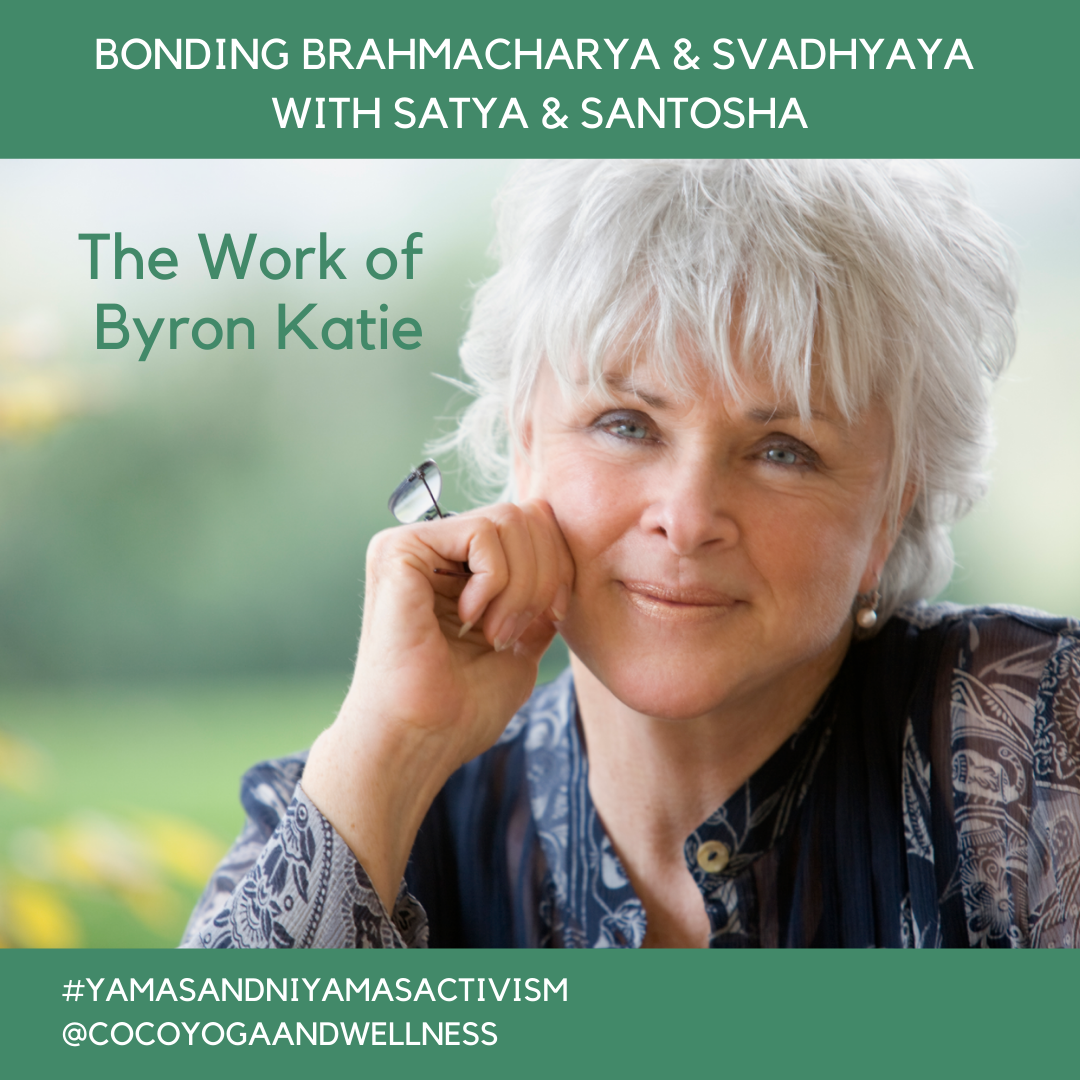
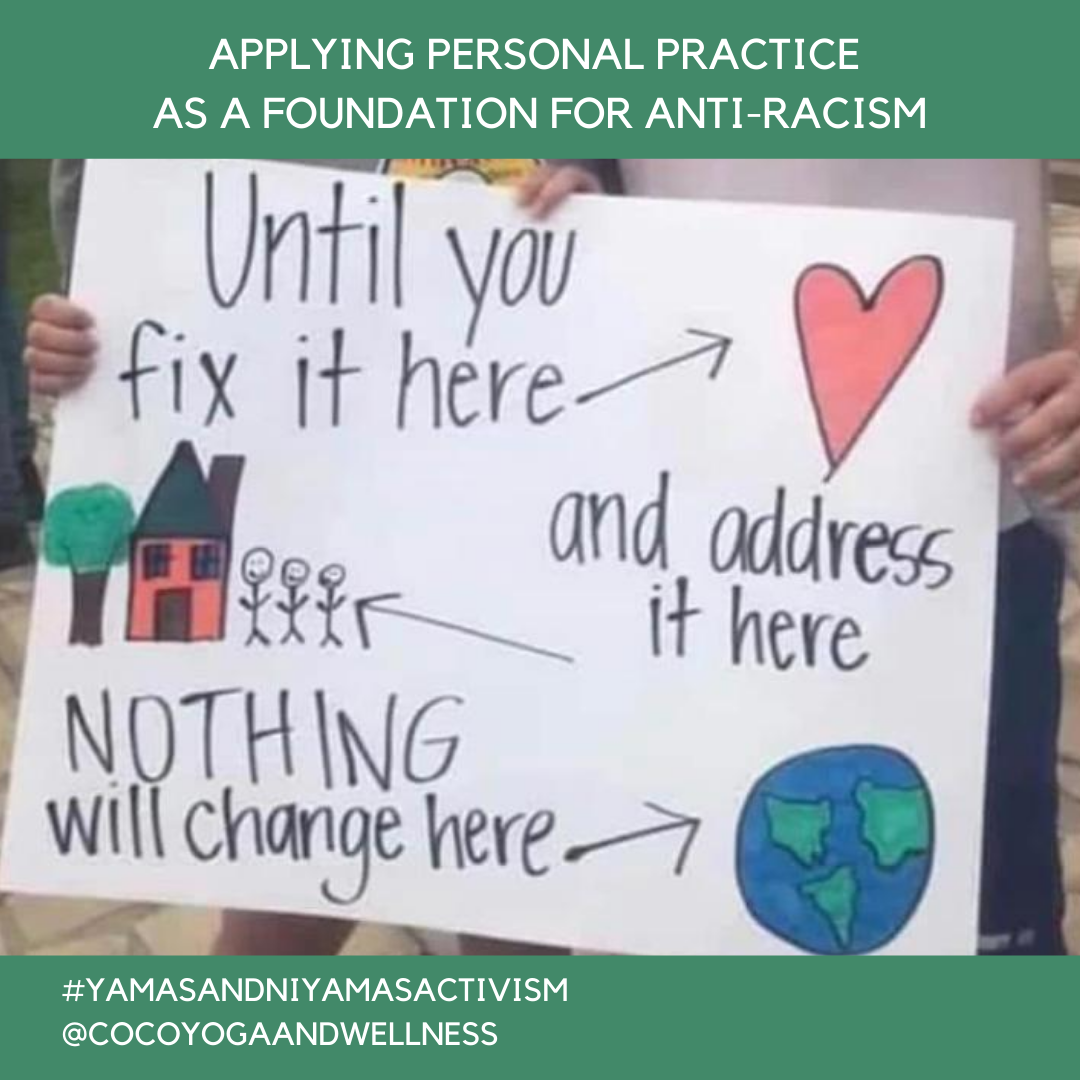
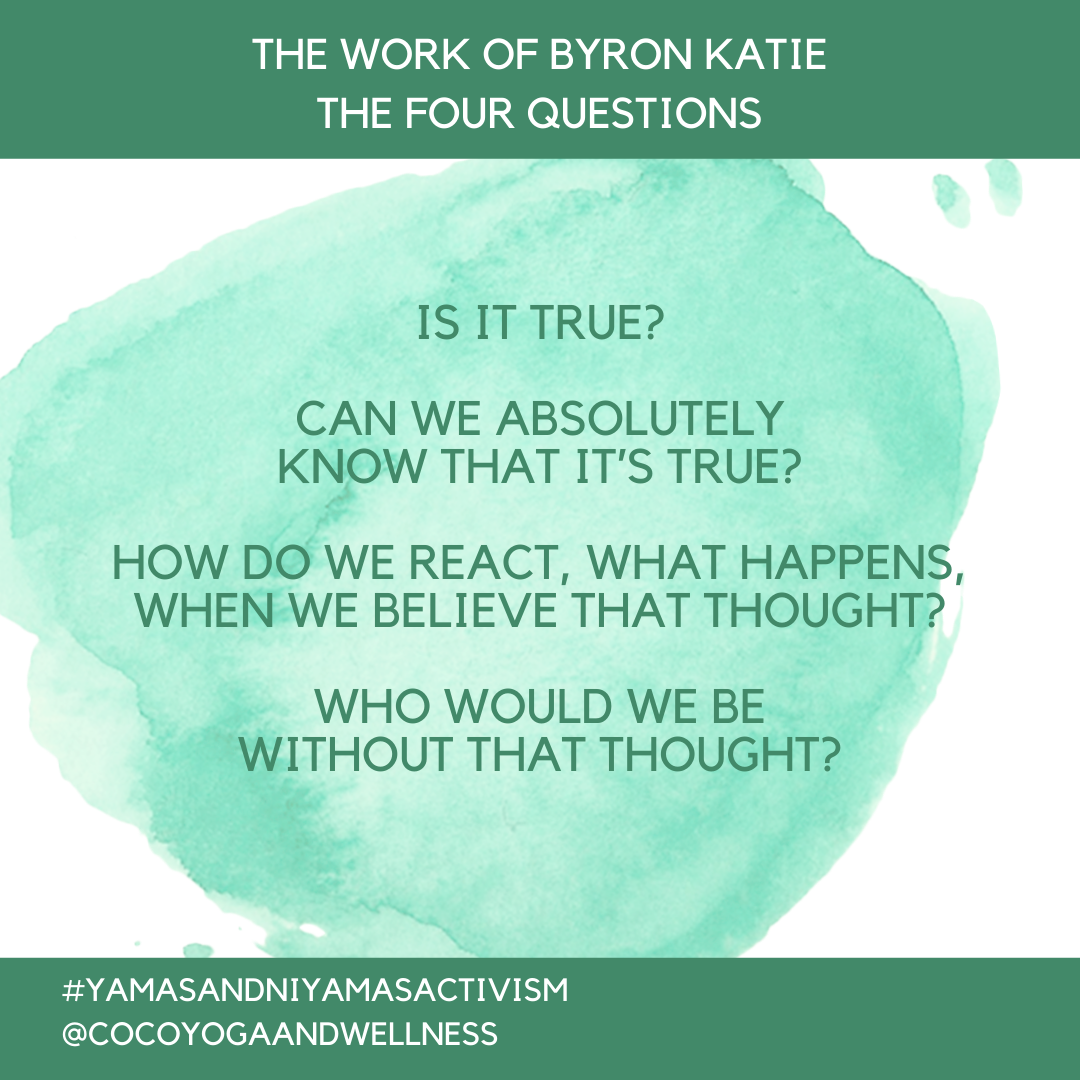
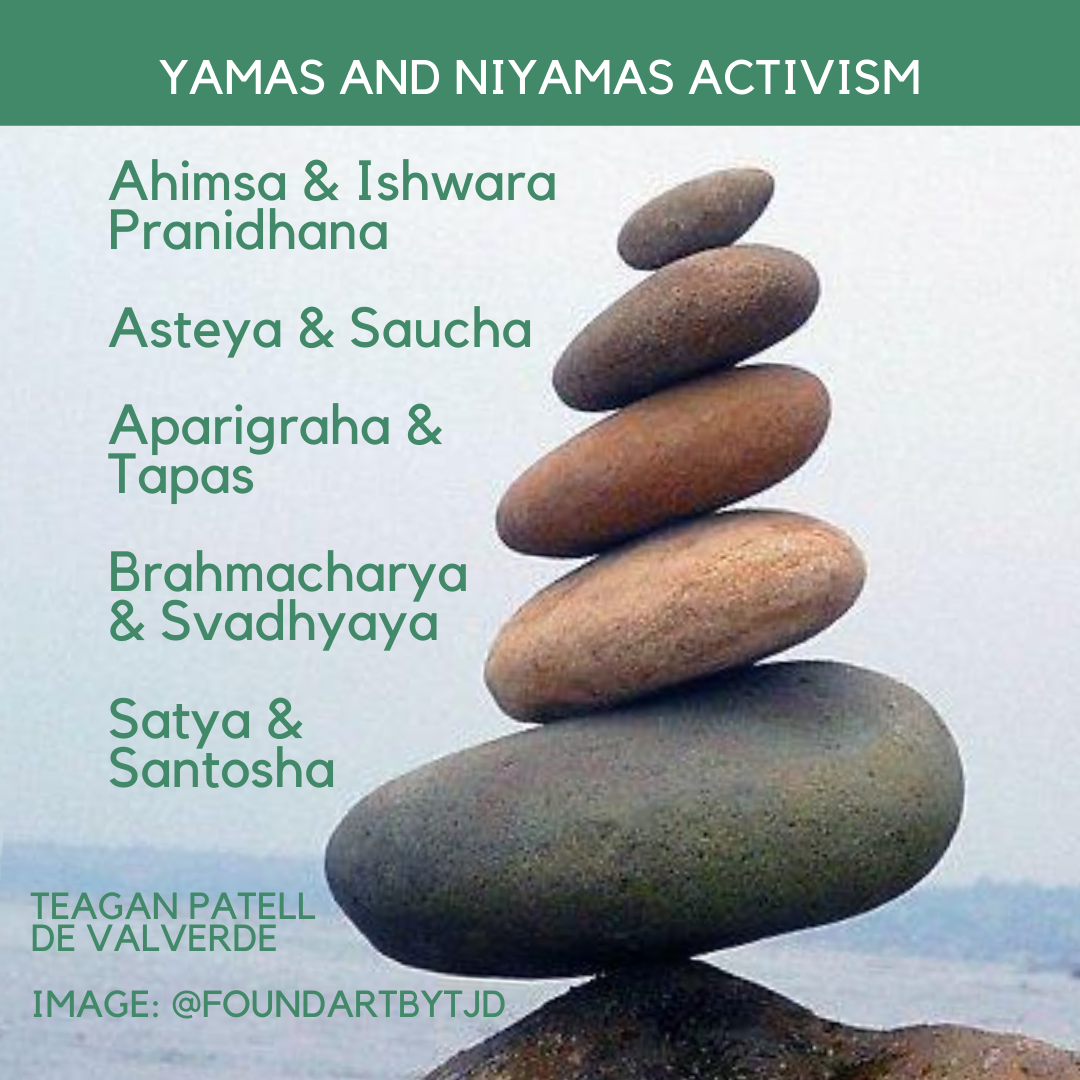
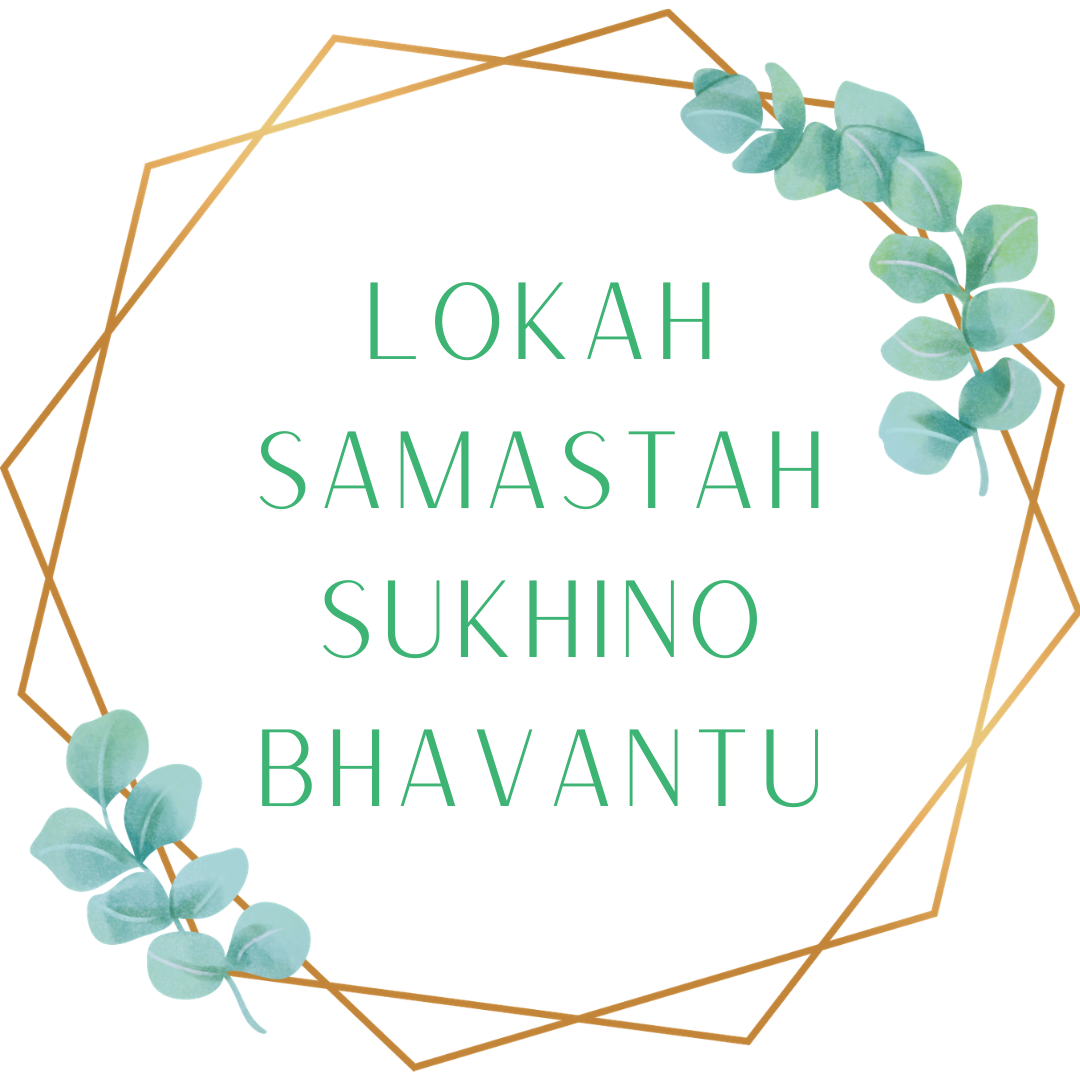








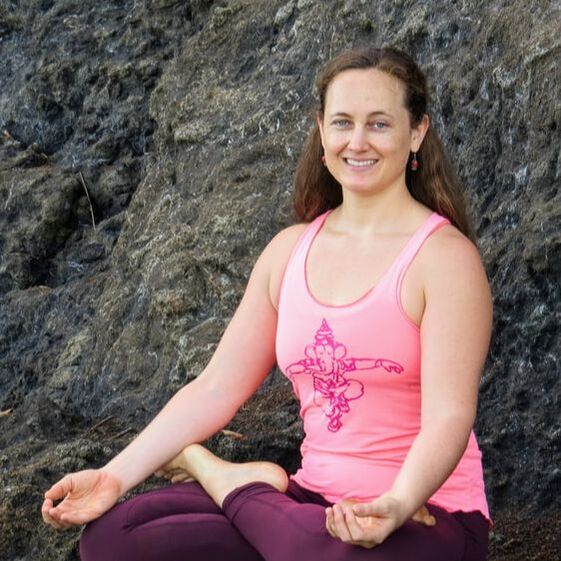
 RSS Feed
RSS Feed
